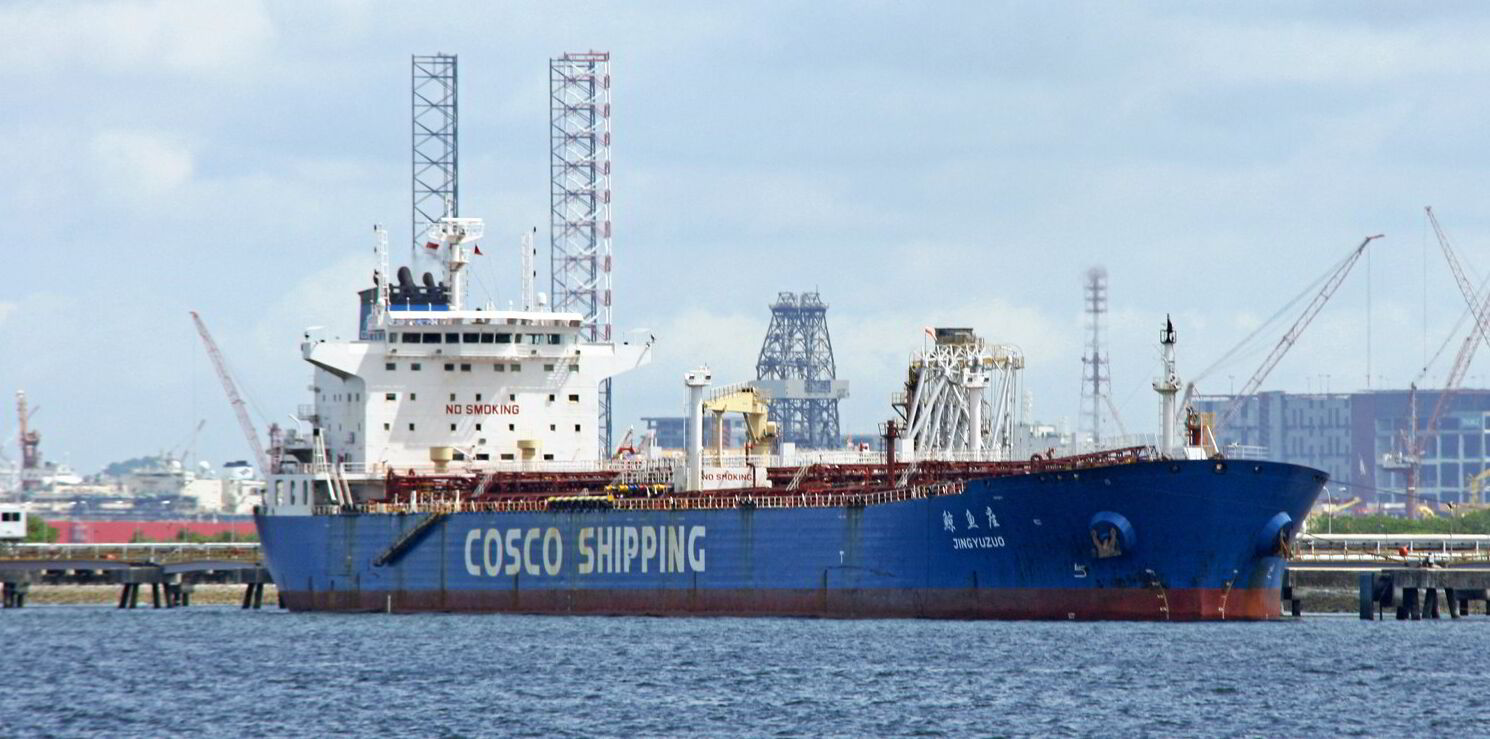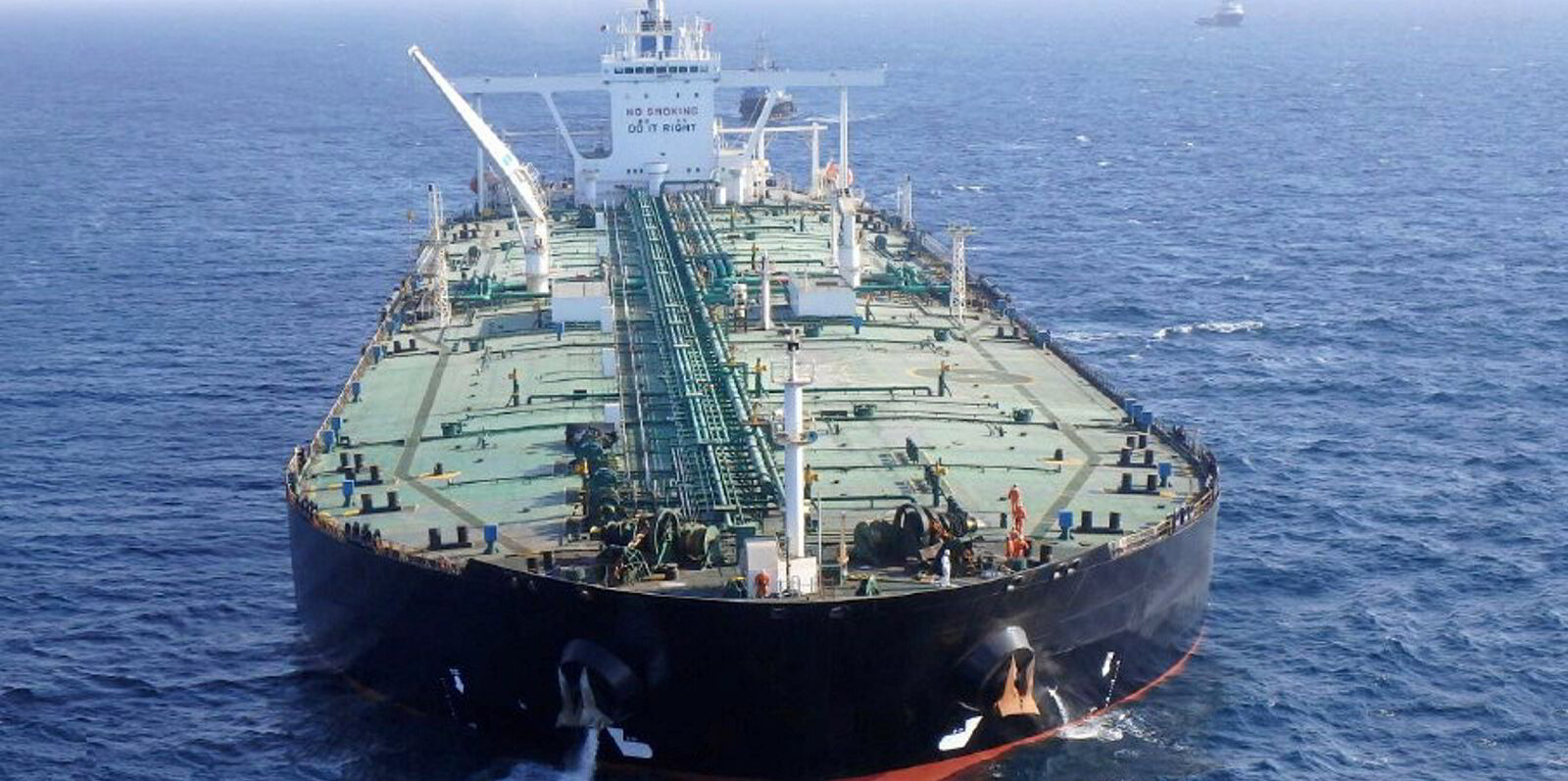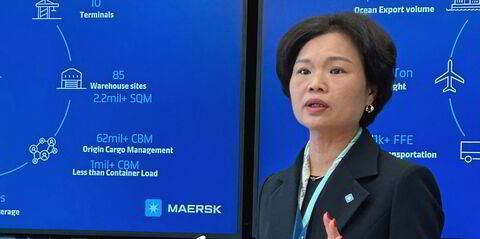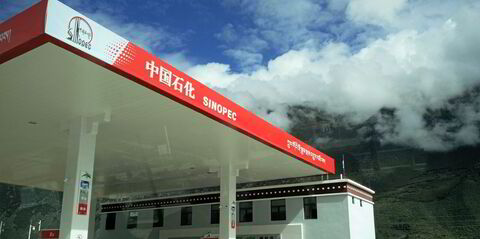Tanker newbuilding contracting hit an 18-year high in the third quarter as companies moved to update an ageing fleet, SSY says.
The London-based shipbroker calculated that owners placed orders for 187 tankers of 15.8m dwt between July and September, the highest quarterly figure since the first three months of 2006.
The shipyard stampede has been led by the clean sector, which contracted 151 vessels, including 47 MRs of 2.24m dwt.
This took year-to-date MR deals to 129, the highest since 2013.
In the crude sector, 43 VLCCs and 48 suezmaxes have been confirmed at yards this year so far.
Claire Grierson, head of tanker research at SSY, said more capacity has become available at Chinese shipbuilders to construct tankers.
In the first nine months, about 68% of the combined crude and product tanker orders of more than 10,000 dwt were at Chinese yards, she said, compared with 18% in South Korea, 8% in Vietnam and 7% in Japan.
“South Korean yards have shifted their focus away from tankers to concentrate on gas carriers and containers. Chinese yards are also offering lower prices for tanker newbuildings than South Korea,” she said.
In the first nine months of 2023, China accounted for 67% of orders, Korea 21% and Japan and Vietnam 6% each.
“My assumption would be that some have ordered to renew their fleet, as we have an ageing tanker fleet, and possibly because the tanker market has experienced buoyant earnings over the past few years,” Grierson told TradeWinds.
Dearth of previous VLCC orders
This has come in the wake of trade flow shifts and voyage disruption to the benefit of tanker tonne-miles caused by the Russian-Ukraine conflict and subsequent sanctions, as well as the avoidance of the southern Red Sea due to the Houthi attacks.
“I would also note that there was a dearth of VLCC newbuilding orders over the past couple of years — two in 2022 and 16 in 2023 — but this year 43 have so far been contracted,” she added.
The current average age of the VLCC fleet is nearly 12 years, which is the highest SSY has seen in the past 25 years.
A total of 133 VLCCs are 20 years and older. Over the next three years, a further 75 ships are due to turn 20 years of age, which sharply reduces the trading options for this fleet.
“We have also seen a bigger jump in the contracting of MRs and LR2s this year, with owners choosing to coat vessels rather than order pure LR2s,” Grierson explained.
“The LR2 fleet is modern and we anticipated some of these new vessels that are arriving to move into the crude trade, given that the aframax fleet age averages 14 years and the LR2 fleet just over 10 years.”
Seacon Shipping contracted six MRs in September. John T Essberger and Leonhardt & Blumberg ordered two handysize tankers each. OM Maritime and Ningshen Shipping ordered three handysizes between them.
In August, SC Shipping ordered five handysize tankers and Seacon ordered two. France’s Socatra ordered two MRs.
Eight LR2/aframaxes and LR1s were split between Union Maritime, Pleiades Shipping Agency and Wah Kwong, brokers said.
China Merchants Group piled in for five VLCCs and five aframaxes, while Chinese rival Cosco contracted asphalt and bitumen carriers.
In July, more product tanker deals were signed by Athenian Sea Carriers, the Vafias Group, GEFO and SC Shipping, among others, and Greece’s Nereus Shipping ordered a trio of suezmaxes.






